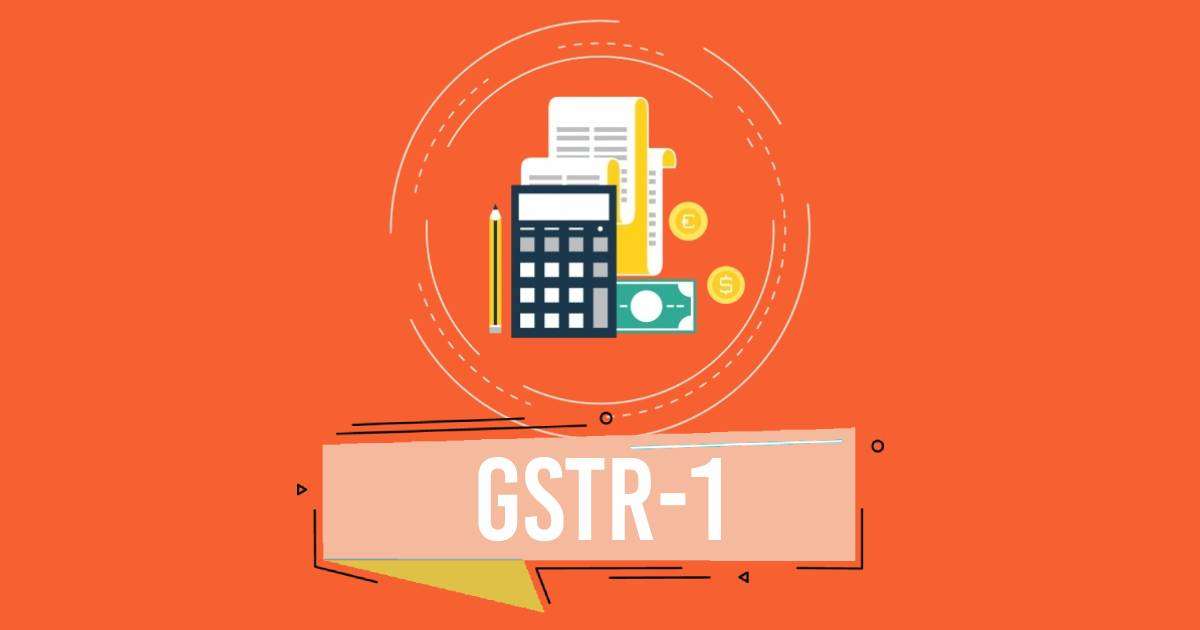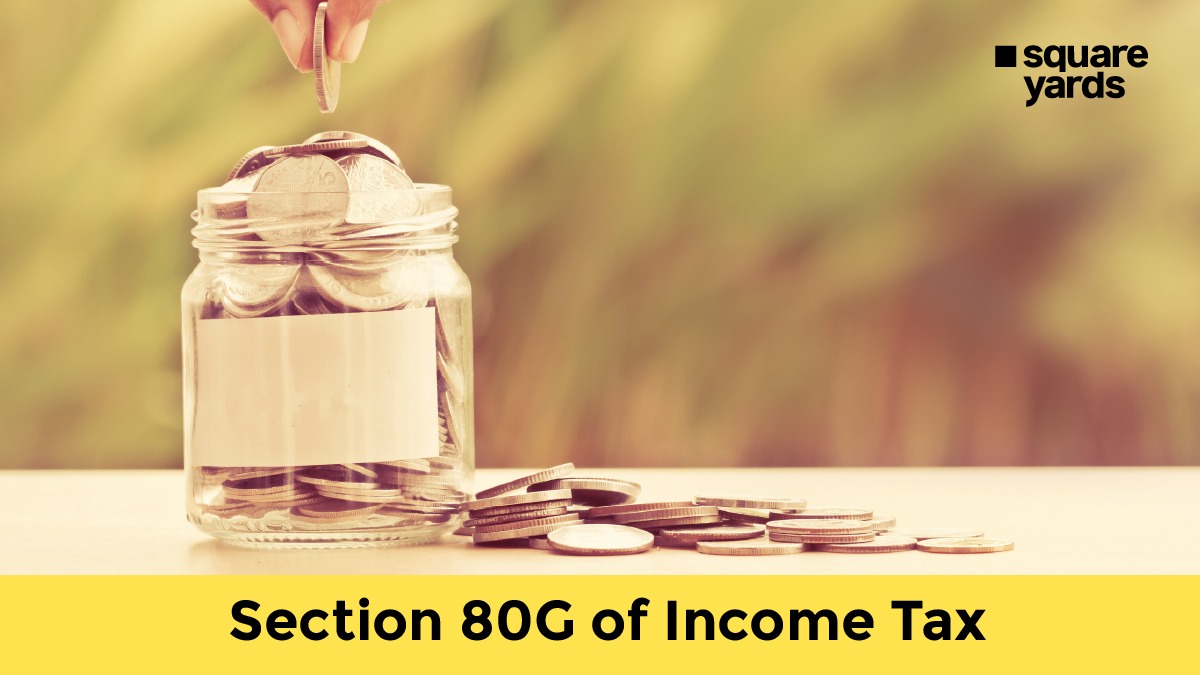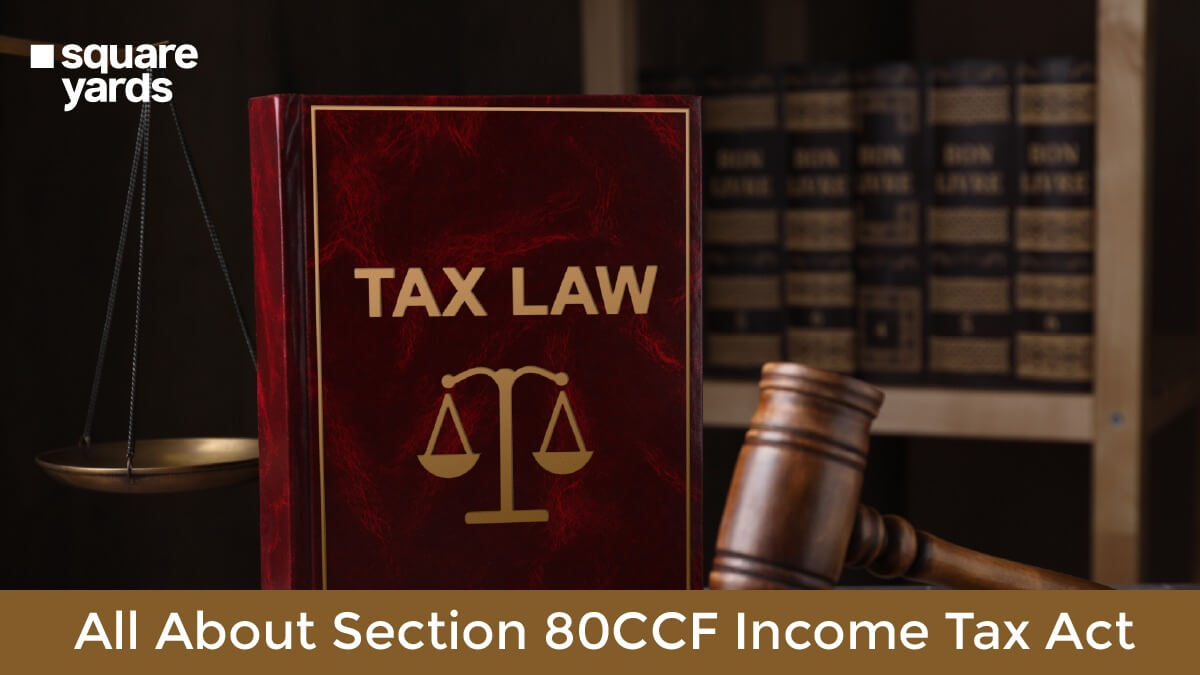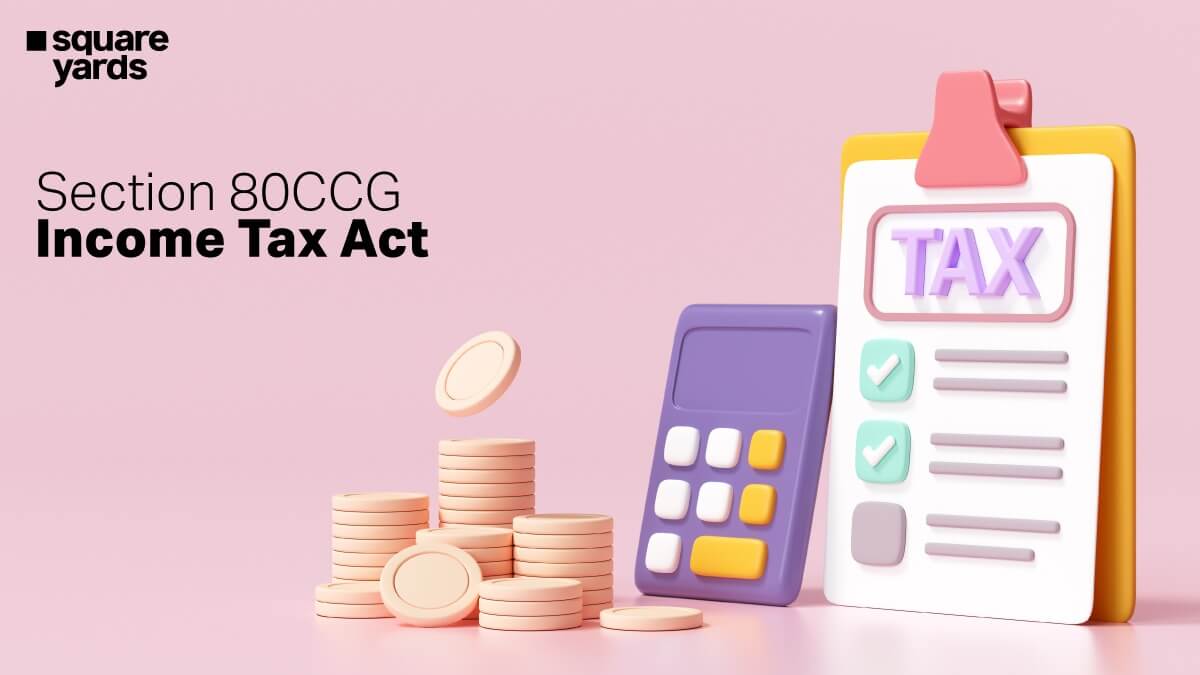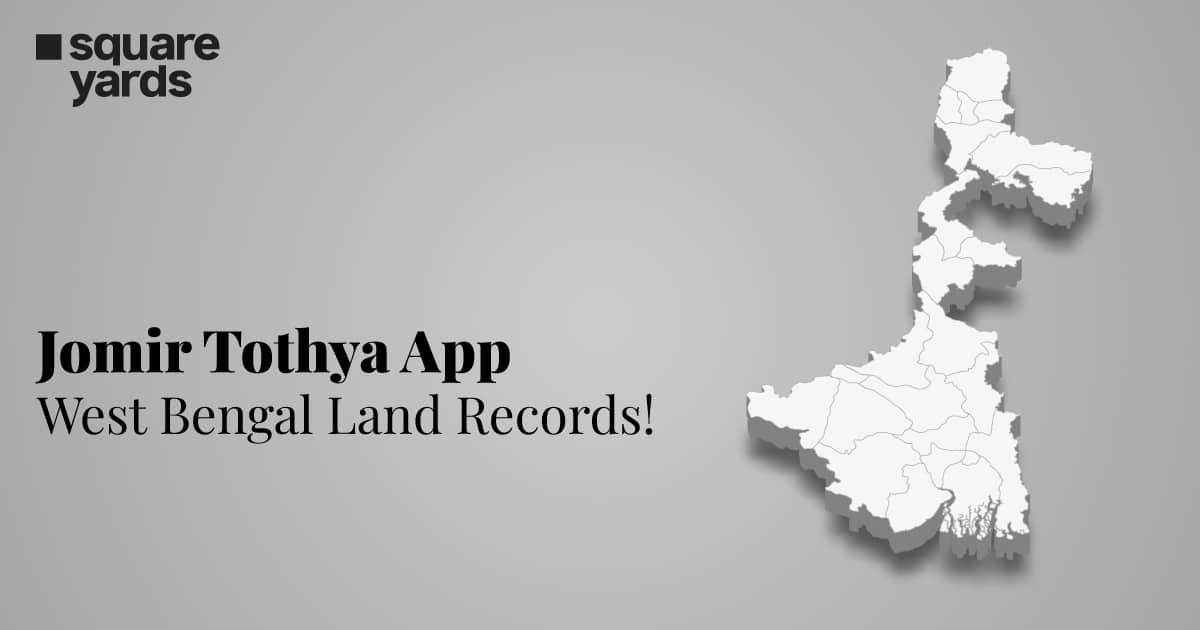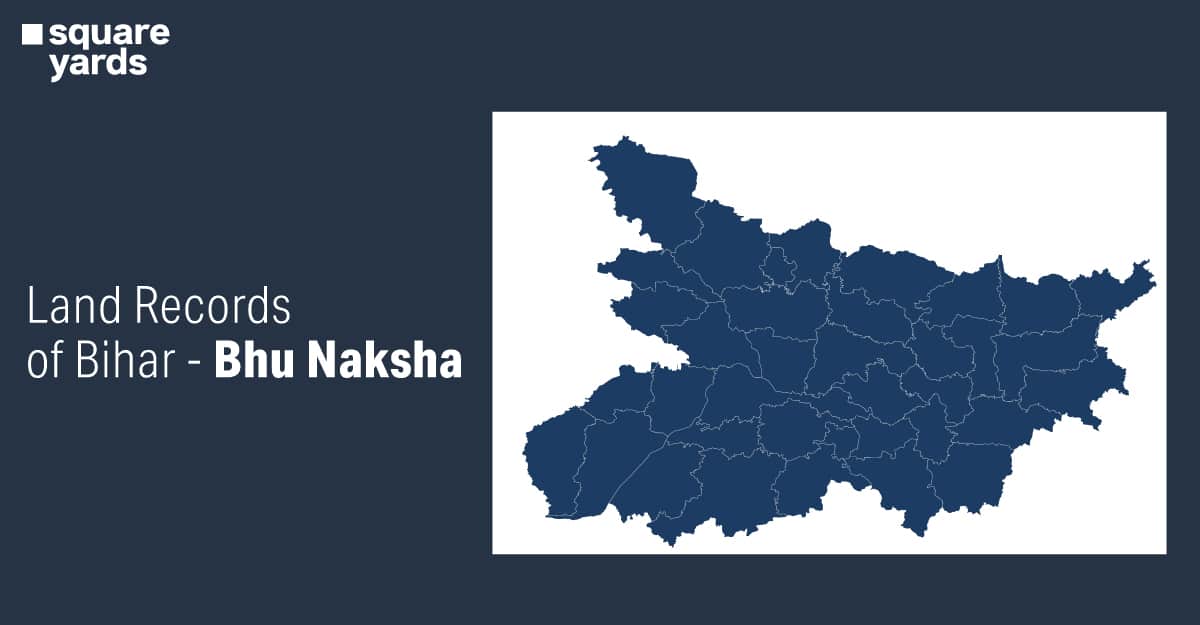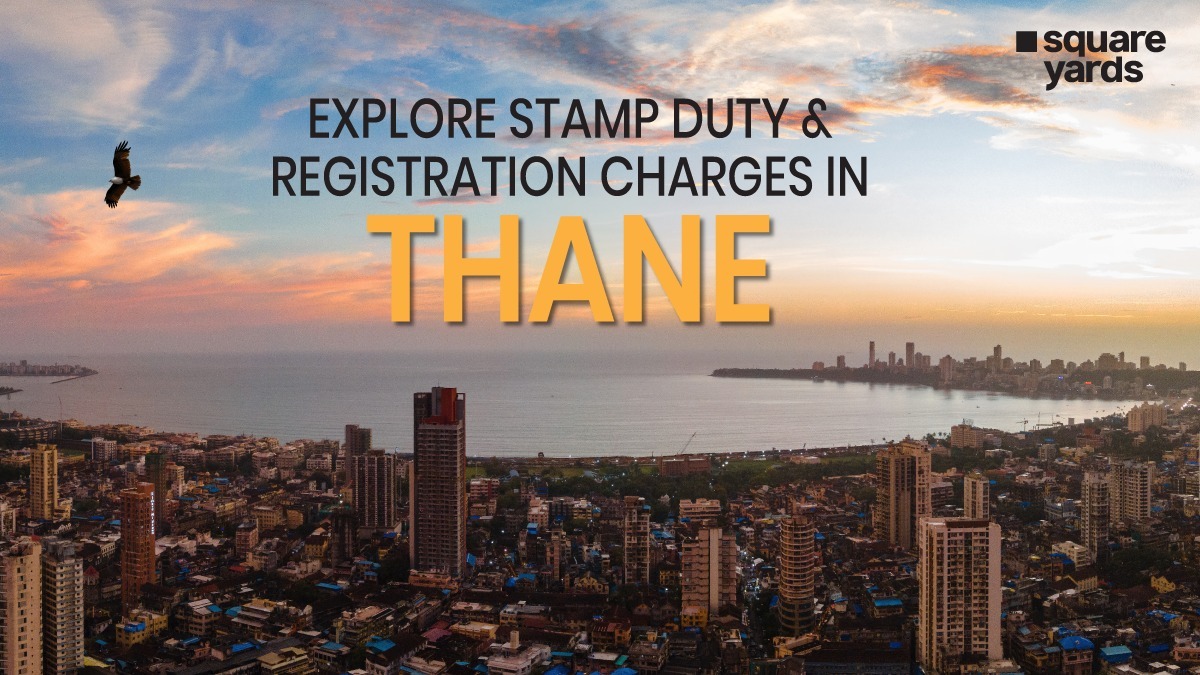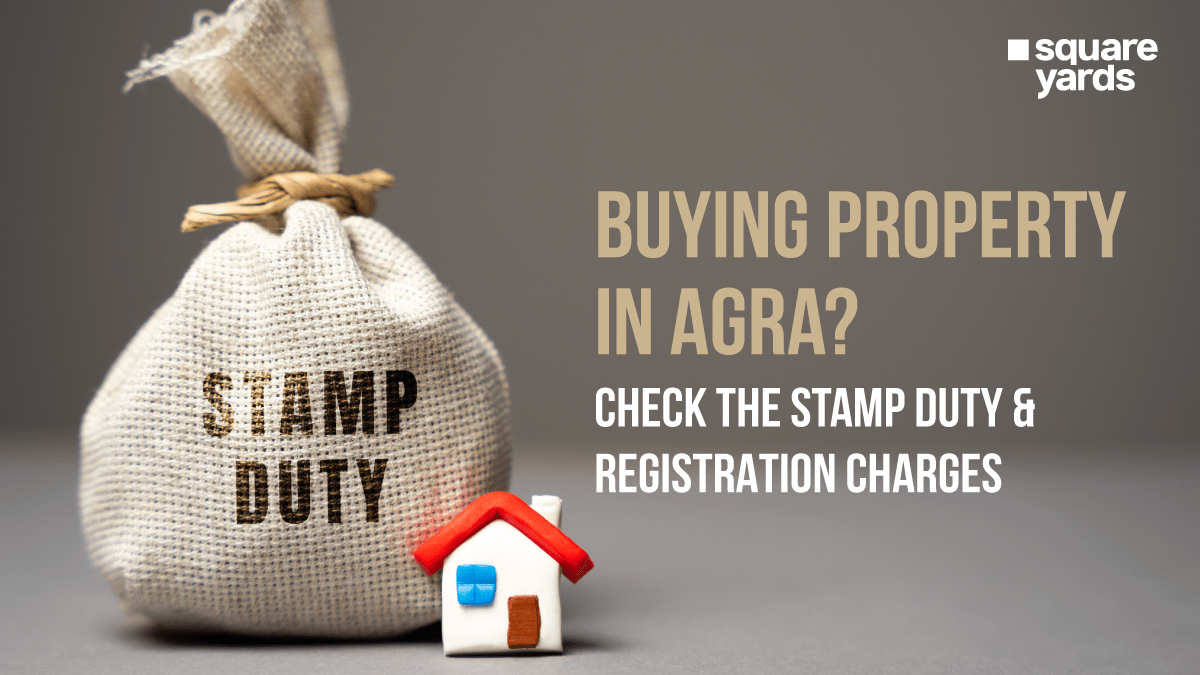This section will guide you through a handbook to GSTR-1 GST Returns. Here, you will learn what is GSTR-1 all about along with the procedure to file GSTR-1 and everything else.
What is GSTR-1?
GSTR 1 refers to a form that records the outward supply of goods. It is a monthly and a number of times, quarterly return that you must file in order to account for the same purpose in regards to the business you are carrying out. Now that means that anyone who is involved in the process for the supply of goods had to mention specifically the information related to the supply as well as the recipient.
As you do this, the returns involved for the inward supply of goods will be auto-populated along with the details that have been filed in GSTR 1. Thus, GSTR-1 is a form under GST Returns that impacts other types of GST forms which means that it has to be equipped with each and every carefully and appropriately.
Who Can File GSTR-1?
‘Who is liable to pay the GSTR-1 form?’ It is a question that may take up a moment in your head if you are carrying out a business. We have listed below the titles of the individuals that have to make sure to file this type of GST form.
Every registered dealer has to file GSTR 1 form. It is a mandatory practice irrespective of the acts of transactions as well as sales for a specific month. It means that a registered dealer has to file GSTR 1, even in a case when there are no sales or transactions.
However, here are the entities or individuals that enjoy exemption from filing GSTR 1-
- An ISD (Input Service Distributor): In case your business gets the invoices for services that have been used by your branches, then you come in the category of an ISD (Input Service Distributor) under GST.
- Supplier- A supplier of online database access, information or any retrieval service.
- Composition Dealer: In case you are registered with your business under the “Composition Scheme” of GST then you will be titled a composition dealer.
- Non-Resident Taxable Person: You will be termed as a non-taxable resident person in case you import goods as well as services from another country to India or if you are in charge of the management of the business on the part of an NRI- non-resident Indian.
- Taxpayer Liable to Collect TCS or Deduct TDS- Any taxpayer who is into collecting TCS tax at source or is liable to deduct TDS tax at source.
How to file GSTR 1
Here are the Steps You Must Follow in Order to File GSTR-1
Step 1– First of all, you need to go to the official GSTN portal.
Step 2– Now, log in to the account by entering your user ID as well as a password.
Step 3– Now move to the “Services” tab and then you will have to hit the “Returns” option.
Step 4– Choose the month as well as the year for which you wish to file the returns for. You will find the option to do the same “Returns dashboard” section.
Step 5– Now that you can see the returns for the specific time period that have been displayed on the screen, you have to hit the “Click” button for “GSTR-1”.
Step 6– After that, you can simply deck up the returns online. Alternatively, you can upload the returns form there.
Step 7– You can now opt for the option to either add invoices or upload the invoices.
Step 8– Then, you need to cross-check the form to make sure that you have furnished it only with the correct details. It is an important step as being negligent on the details front can land you trouble and headaches.
Step 9– Once that is done, you can go on to hit the “Submit” button in order to finish and send the form.
Step 10– After the information you have entered has been validated, you have to click on the “file GSTR 1” option.
Step 11– In the next step, you will be required to leave your digital signature on the form or e-sign the same.
Step 12– Then, you have to click the “Yes” after you see a pop-up that will be displayed on the screen in order to confirm your call to file GSTR 1.
Step 13– Now you need to wait until you receive an ARN or the Acknowledgement Reference Number.
Everything That is There in the GSTR-1 Form- Explained
A GSTR 1 features 13 different sections that are required to be filled out by the individual. However there’s one thing- some of these fields may be auto-populated. So, we have brought you a close look at these different fields in the GSTR-1 form which will help you fill out this form properly.
Take a look-
Part 1 to Part 3 of GSTR 1 Form- ‘Outward Supplies Table’
- GSTIN– In this table of GSTR-1, it will start with the GSTIN. It is a number that is allotted by the government. It is a 15-digit number and refers to a “GST Identification Number” that is based on your PAN, standing for the Goods and Services Taxpayer Identification Number. Note that the GSTIN is a number that is auto-filled in every filing of return of the taxpayer.
- Name of the Taxpayer– In this field, there will come the taxpayer’s name that will be, just like the GSTIN, auto-filled at the time of return filing on the common GST portal.
- Gross turnover of the taxpayer (for earlier FY)– Here, the details will be filled out for the first time of the returns filing after which the details will be auto-populated on the financial statement for next year.
Part 4 of the GSTR 1 Form- ‘Taxable Outward Supplies That Have Been Made to Registered Individuals Other than Supplies’
The details in regard to the taxable supplies that have been performed by the organization right to the registered taxable person. These details will be inclusive of normal taxable supply, every supply that comes under the reverse charge mechanism as well as the supplies that have been done by e-commerce operators.
Here,
- 4(A) is for the normal taxable supplies excluding the one included in 4(B) & 4(C).
- 4(B) is for the supplies that fall under the reverse charge mechanism that should be included rate-wise.
- 4(C) is for the supplies that have been done by e-commerce operators in regard to the collection for the tax at source. The details will be furnished here operator-wise as well as rate-wise.
Part 5 of GSTR 1 Form- Details Related to “Outward Inter-state Supplies to the Unregistered Individuals” in which the Invoice Value is more than INR 2.5 lakh
This section will encompass all the details related to the taxable supplies that have been done with an unregistered person in the other state, while the information needs to be furnished when the value is more than INR 2.5 lakh.
- 5A will contain all the interstate supplies that draw more than Rs. 2.5 lakh. The details should be furnished invoice-wise and rate-wise here.
- 5B will have all the supplies that have been done to an unregistered person by the e-commerce operator drawing the collection of tax at the source. The details should be uploaded here rate-wise as well as invoice-wise.
Part 6 of GSTR 1 Form- ‘All Deemed Exports as well as the Zero-Rated Supplies’
The section will carry all the zero-rated supplies as well as deemed exports (supply that has been done to the SEZ, EOUs) exports. The table will be filled in with all the details in regard to the supplies rate-wise and invoice-wise to corresponding out of country exports in 6A, outward supplies to SEZ developers, and supplies that draw deemed exports in 6C.
Pay attention to the crucial checkpoints before you furnish the details in the fields-
- The details related to the shipping bill number as well as the date have to be furnished. If it is the case of unavailability of the receipt and information, then the same will be updated while filing the next month return details in table 9 for it and you can claim the refund in the same return form.
- The supplies that have been made by SEZ to the domestic tariff areas excluding the bill entry have to be filled in GSTR-1 by SEZ.
- The supplies that have been made by SEZ to DTA along with the bill cover have to be put in the imports in GSTR-2 by the DTA unit.
- The GSTIN number has to be left empty under the “Exports” title.
- The tax amount has to be mentioned as “0” in 6A & 6B heading in case the IGST has not been paid.
- Details related to table-6A have to be filled in by the exporters in order to claim the GST refunds in regard to the export data for a particular span of time. As per the GSTN, once the export-related data is filled in table-6A, the exporter can go on to upload and then save the form.
What is Table 6A in Form GSTR-1?
You must be wondering what is table 6A of the GSTR 1 form and why does it matter. The details related to the export invoices are to be furnished in Table 6A of GSTR.
Who can file Table 6A in Form GSTR-1?
This table needs to be filled in by each registered taxable individual apart from the one who is titled as an input service distributor or compounding taxpayer or TCS collector or TDS deductor who would like to make a claim for the refund for the taxes that have been paid on the exports. The person can file table 6A of Form GSTR-1 on the GST portal.
Where to file Table 6A of GSTR 1?
One can file Table 6A of GSTR from the returns tab on the GST portal. After the login stage, you can go to the “Returns” option under the “Services” section and then the “Returns Dashboard” option.
After you select the financial year along with the tax period, you will be able to view Table 6A of Form GSTR 1 for the given time period that will be displayed on your screen.
Once it is digitally signed by the exporters, it will be headed to the customs department where it will be scrutinized and matched with the Form GSTR-3B as well as the shipping bill. After this step is clear, it will be signalled as approval from the side of the department. As the final stage procedure, the exporter will receive the refund either via a check or in their bank account.
Part 7 of GSTR 1 Form- ‘Taxable Supplies to Unregistered Person (Net Debit/Credit Note)’
All the items that are there in the taxable supply accountability and have been sold to an unregistered dealer will be put under this section. Let us take a look at what this table of GSTR 1 will be mapping-
- 7A will contain the intrastate supplies (taxable) to the unregistered dealer.
- 7A(1) will have the details related to the intra-state supplies that have been made to the unregistered person and via an e-commerce operator rate-wise.
- 7A(2) will carry the operator-wise as well as rate-wise details related to the supplies that have been made in 7A (1) via e-commerce operator drawing the collection of tax at source.
- 7B will have supplies that are below INR 2.5 lakh in form of inter-state sales to the unregistered person.
- 7B(1) will contain the state-wise as well as the rate-wise information on inter-state supplies that come below Rs. 2.5 lakh.
- 7B(2) will have operator-wise as well as the rate-wise details related to the supplies that are mentioned in 7B(1) via e-commerce operator for tax collection at source.
Part 8 of GSTR 1 Form- ‘For the NIL Rated, Exempted as well as Non-GST Outward Supplies’
Supplies whether they are exempted or nil rated or they fall under the title of non-GST items which are excluded from the sections above are to be mentioned here in this section. This field comprises the details separately in regard to the inter-state supplies or intra-state supplies to a registered or unregistered person.
Part 9 of GSTR 1 Form- ‘The Amendments that are made to the Taxable Outward Supplies for an Unregistered Individual (For Current Period of Tax)’
All the Amendments related to the details for outward supplies and the returns are to be furnished for the last tax intervals. Details related to every other kind of amendment to outward supply from the last tax period has to be put under this section while any kind of amendment in debit/credit note also needs to be put in this section.
Any changes executed in table 3, table 4 and 6 from last returns have to be included in this section. The table has to be furnished in the given format-
- 9A contains the previously filled details in table 6 that were incorrect/non-available during the time you file the return along with corresponding shipping number as well as date have to be added.
- 9B has to be filled in with the details related to debit notes and credit notes along with the refund voucher.
- 9C carries the amendments at the time of the previous tax period to the debit/credit notes or refund vouchers.
Part 10 of GSTR 1 Form- ‘All the Amendments made to the Taxable Outward Supplies to an Unregistered Individual Furnished (For Previous Period of Tax)’
The details related to an amendment for any taxable outward supplies that have been done to an unregistered individual from a previous tax period have to be mentioned in this section.
This is how the details are to be filled in here-
- 10A has to be filled in with the details (rate-wise) related to debit notes and credit notes that have been issued to an unregistered individual for intra-state supplies.
- 10A (1) contains details related to the supplies from 10A that have been made via an e-commerce operator 10B. There also have to be the rate-wise details in the light of interstate supplies that were made to an unregistered person with an amount of value for more than Rs. 2.5 lacs.
- 10B (1) has details related to the interstate supplies from 10B that have been made via the e-commerce portal.
Part 11 of the GSTR-1 Form- Consolidated Statement of Advance that has been Received
This section of the GSTR-1 form features the details that are associated with the advance received as well as adjusted in the current period of time. The result will either increase or decrease the GST liability, while the amendment in advance payment drawn from the previous period of taxation will be expressed here.
This table comprises of the below-mentioned details-
- 11A has to be furnished with the details related to the advance amount that has been received without the invoice being issued. This type of amount is to be combined with the output tax liability.
- 11A(1) will be mentioned with the rate-wise intra-state supplies in the light of 11A.
- 11A(2) will have rate-wise inter-state supplies about 11A.
- 11B is to be furnished with the details related to the advanced amount that has been received earlier as well as adjusted this time in tables 4,5,6 and 7.
- 11B(1) will have the rate-wise intra-state supplies concerning 11B.
- 11B(2) will feature the rate-wise inter-state supplies concerning 11B.
- Part 2 of table 11 will have the amendments made to the previous period of tax in table 11A & 11B.
Part 12- Outwards Supplies HSN Wise Summary
The taxpayer will be required to consolidate all of the supplies taxable through the HSN code. A crucial amount of information has to be mentioned in this section on the supplies under CGST, SGST and IGST collected. The individual who is drawing a turnover that is more than Rs 2.5 crore will be provided with an option to fill or not fill the HSN code in here. However, it is mandatory to input the description of such goods under this heading. The Unit Quantity Code will only accept a unit of measure as directed by the portal.
Part 13 of GSTR 1 Form- Documents That Have Been Released in the Taxation Period
In this section, the person will be required to fill in the details related to the invoice and the issues in its regard during the tax period, credit and debit notes and revised invoices.
Form GSTR-1 Due Date, Late Fees and Penalties
You must note that GSTR-1 comes with a due date by which you need to file this form. The due date to file GSTR-1 is the 10th of the subsequent month. For instance, you will have to file returns for the month of July by the 10th of August. Know that this only applies to the businesses with a turnover of above Rs 1.5 crore. If you have a turnover less than Rs 1.5 crore then you will be required to file GSTR-1 quaterly which is to be by the last day of that period.
In case you do not submit GSTR 1 on or before the GSTR 1 filing due date then you will be liable to pay a GSTR-1 late fee or penalty upon the failure to comply with its rules. The GSTR-1 late fees are Rs. 20 or Rs. 50 per day. If you have returns that are NIL to file and make a delay in submitting GSTR 1 then you shall pay Rs 20 per day.
GSTR-1- Important Things to Keep in Mind
There are certain checkpoints that you must register in your head to pace up with GSTR 1 rules and regulations. First of all, you must have a user ID along with the password for logging into the portal. Then there are other kinds of information and documents that should be with you during the filing. Let us take a look at all of that-
- You must have all the documents to present with GST returns filing. Here are the important GSTR-1 documents and details that need to be all prepped up with you at the time of returns filing.
- A valid GSTIN (Goods and Services Tax Identification Number)
- Aadhaar number in case you will need to e-sign the form
- Access to the registered mobile number that is mentioned on your Aadhaar card
- A genuine and valid DSC (Digital Signature Certificate) unless you are able to e-sign the form
- Make sure that you have input the correct GSTIN code as well HSN codes. It will help you avoid any kind of discrepancy.
- Confirm whether the concerned transaction comes under the inter-state or intra-state category.
- You can easily change the bills you uploaded multiple times. However, you cannot change an invoice once you have submitted it.
- You will not be able to revise the concerned return after you have submitted it. You will have to perform any alterations or corrections in the next month’s GSTR-1.
- GSTR 1 comes under the GST registration as well as GST return filing and you do not have to pay any kind of taxes until the filing for GSTR-3B.
- You have to upload invoices at several intervals in the time of the month in order to avoid bulk uploads.
- Any company like Limited Liability Partnerships (LLP) or Foreign Limited Liability Partnerships (FLP) has to provide a DSC (Digital Signature Certificate).
- Suppliers such as partnership concerns, proprietors, HUFs and others can e-sign the form.
- If it is the case of any supply that has changed and now is being worked out in a different state, then the SGST that has to be charged will be applicable as per that state.
- After a recipient has accepted the details that are mentioned in the GSTR 1, one cannot create any changes in the tax invoice. However, you must know that you can issue either a credit note or a supplementary invoice in order to make room for the changes.
GSTR 1 Filing- Final Word
After going through the article, you should be able to understand the way to file a GSTR-1, given that all the tables and sections are thoroughly explained to help you understand the process OF GST Returns 1 filing in the most feasible way out there. Knowing such details and information in this concern helps you to walk in the pace with compliance set as per the GST rules and regulations as well as the requirements it seeks to be fulfilled by a taxpayer. It is also important to keep up goods terms with the GSTR1 due date and not fall prey to any GST returns late fees and penalties. This way you will be able to live a headache-free life.
YOU MAY ALSO LIKE
Frequently Asked Questions (FAQs)
Do I need to file GSTR-1 monthly?
The businesses that draw an annual turnover of Rs 1.5 crore or more are needed to file the GSTR-1 on a monthly basis. One can file this return on or before the 11th of the succeeding month.
How Do I file GSTR-1?
You can head to the official website of the GST portal.
Is It Mandatory to File GSTR-1 Quarterly?
It is compulsory to file GSTR-1. Those who have sales below Rs 5 crore during the financial year get the option for filing the return every quarter.


